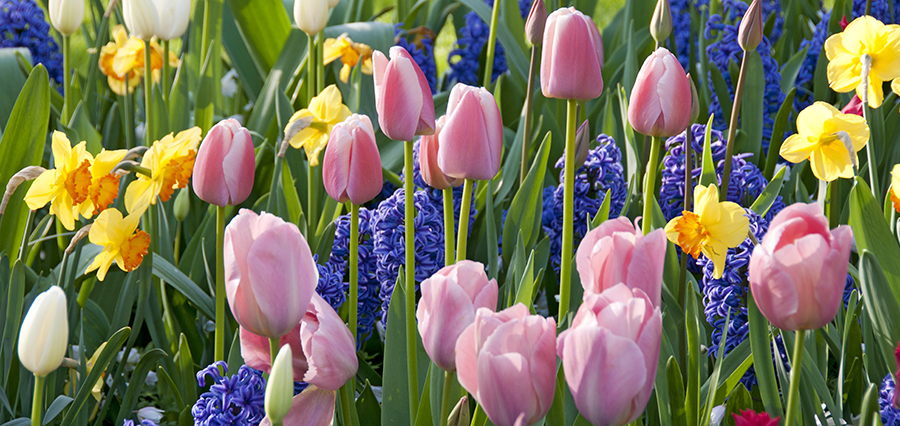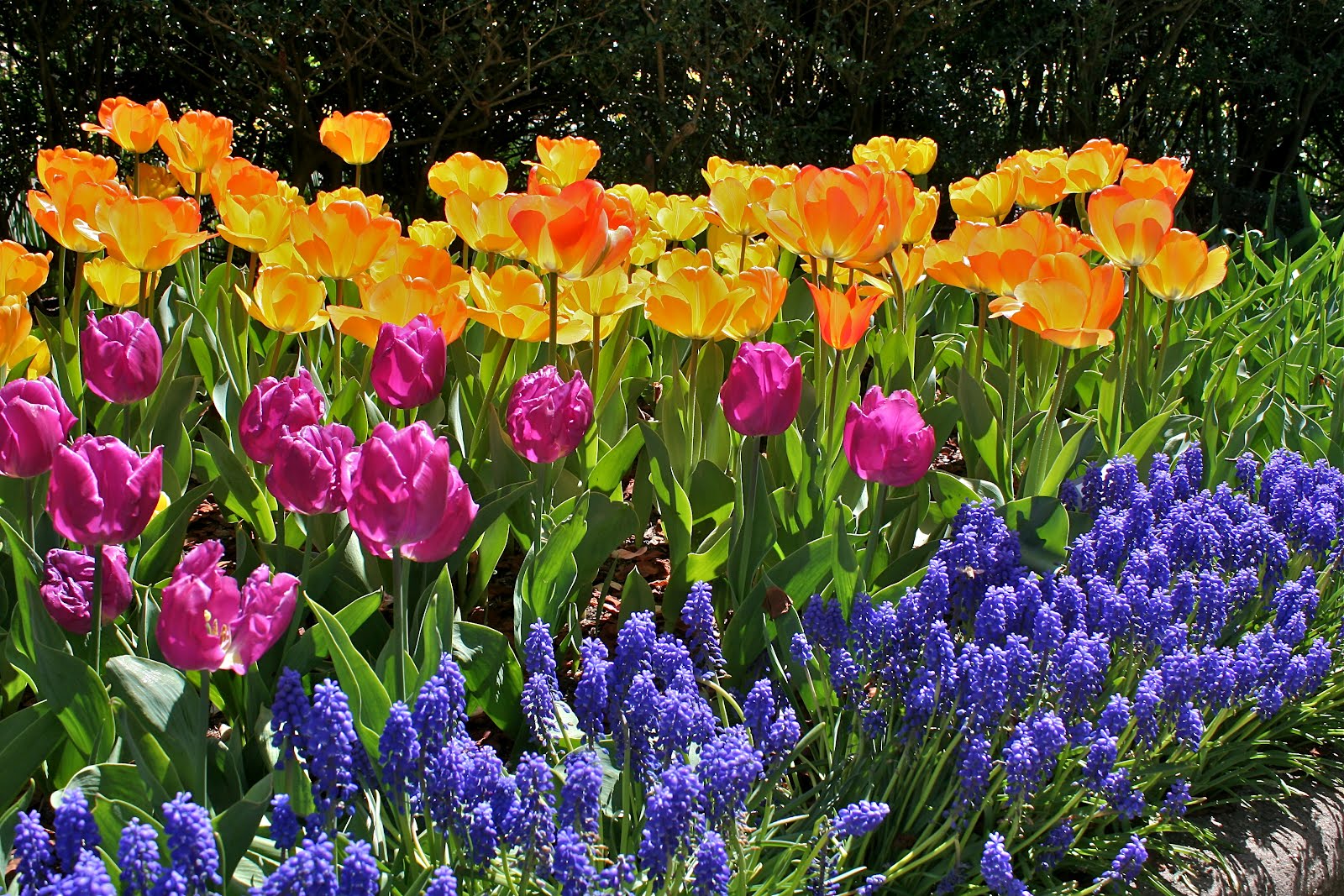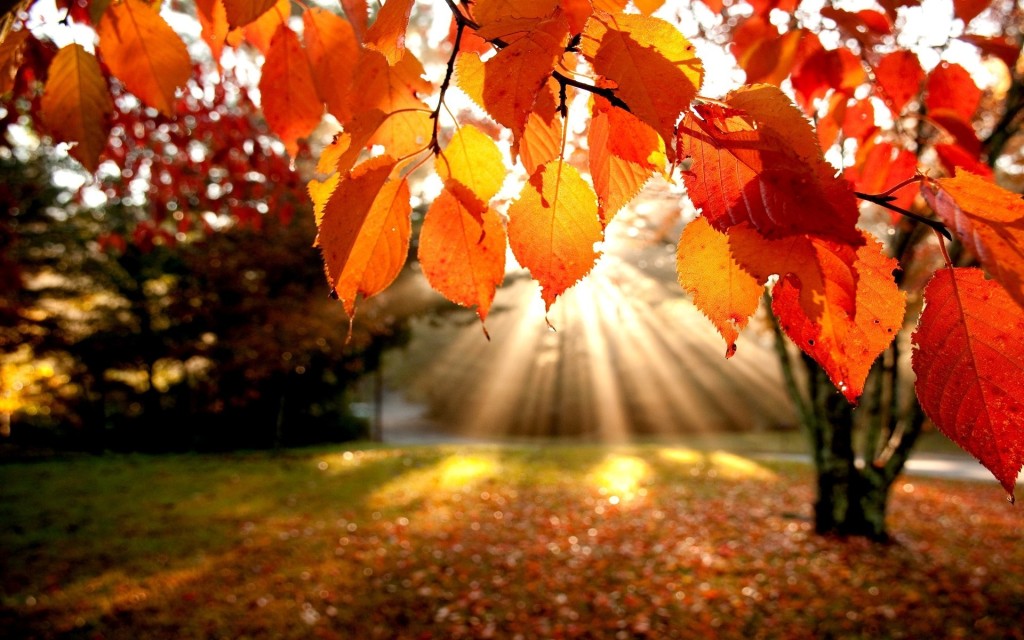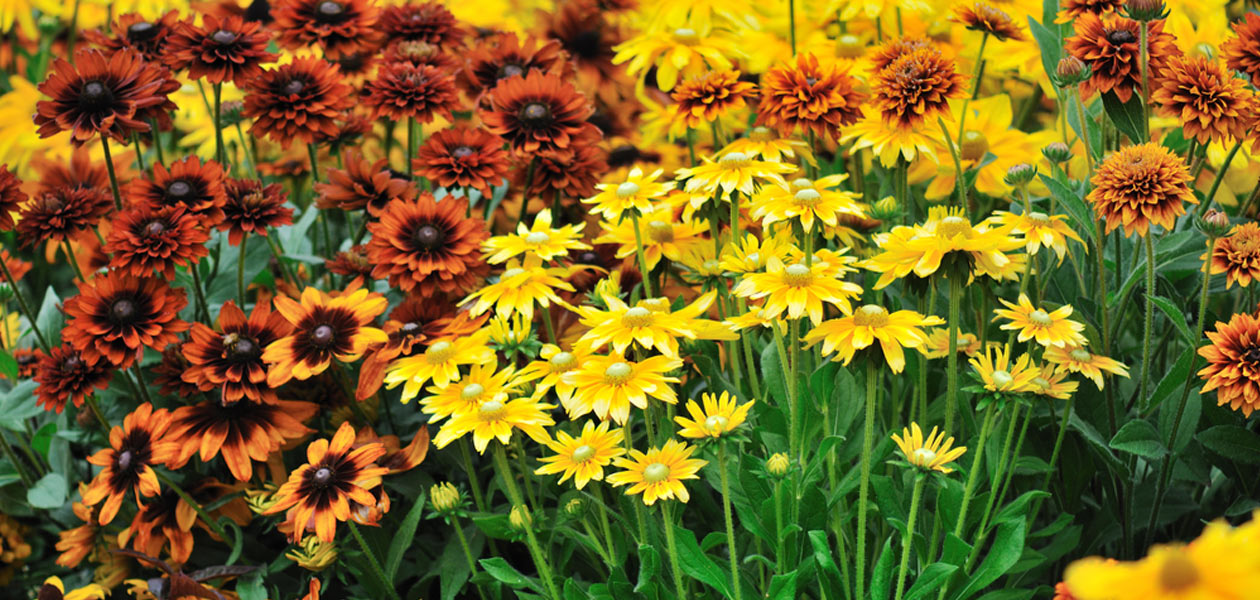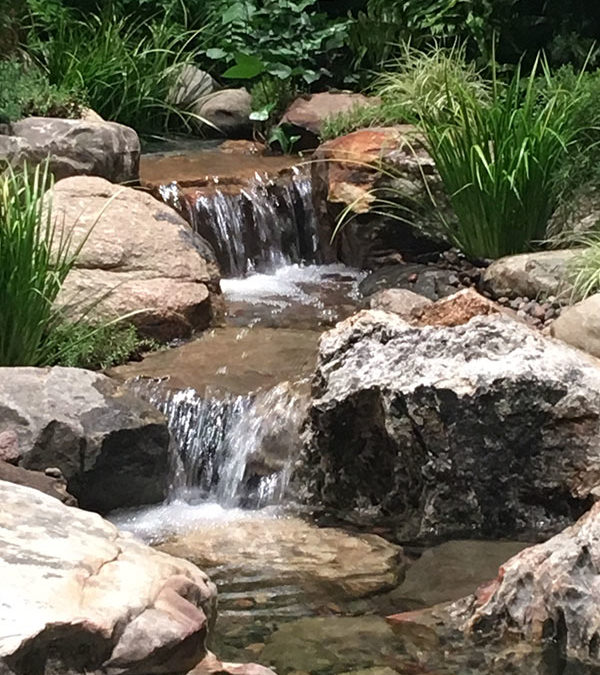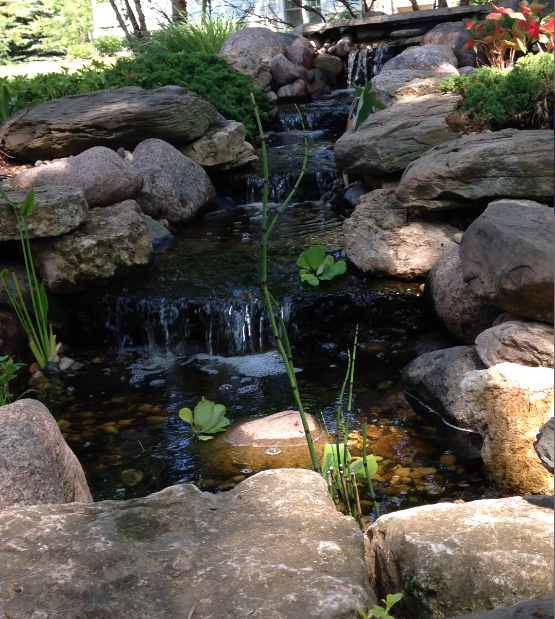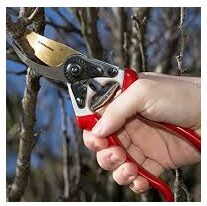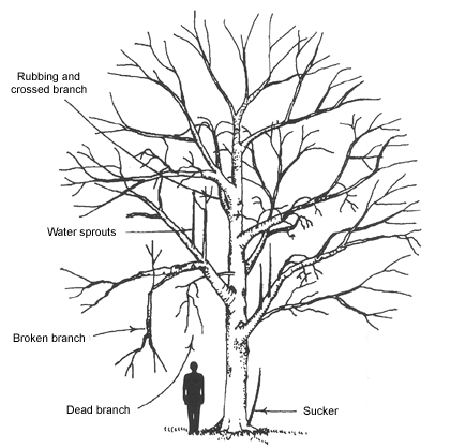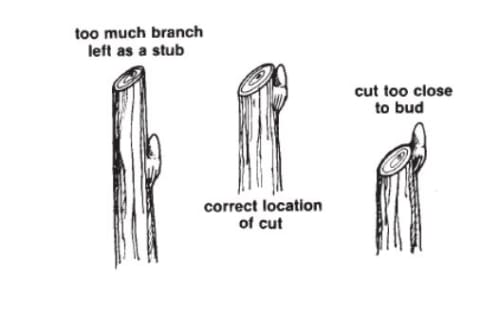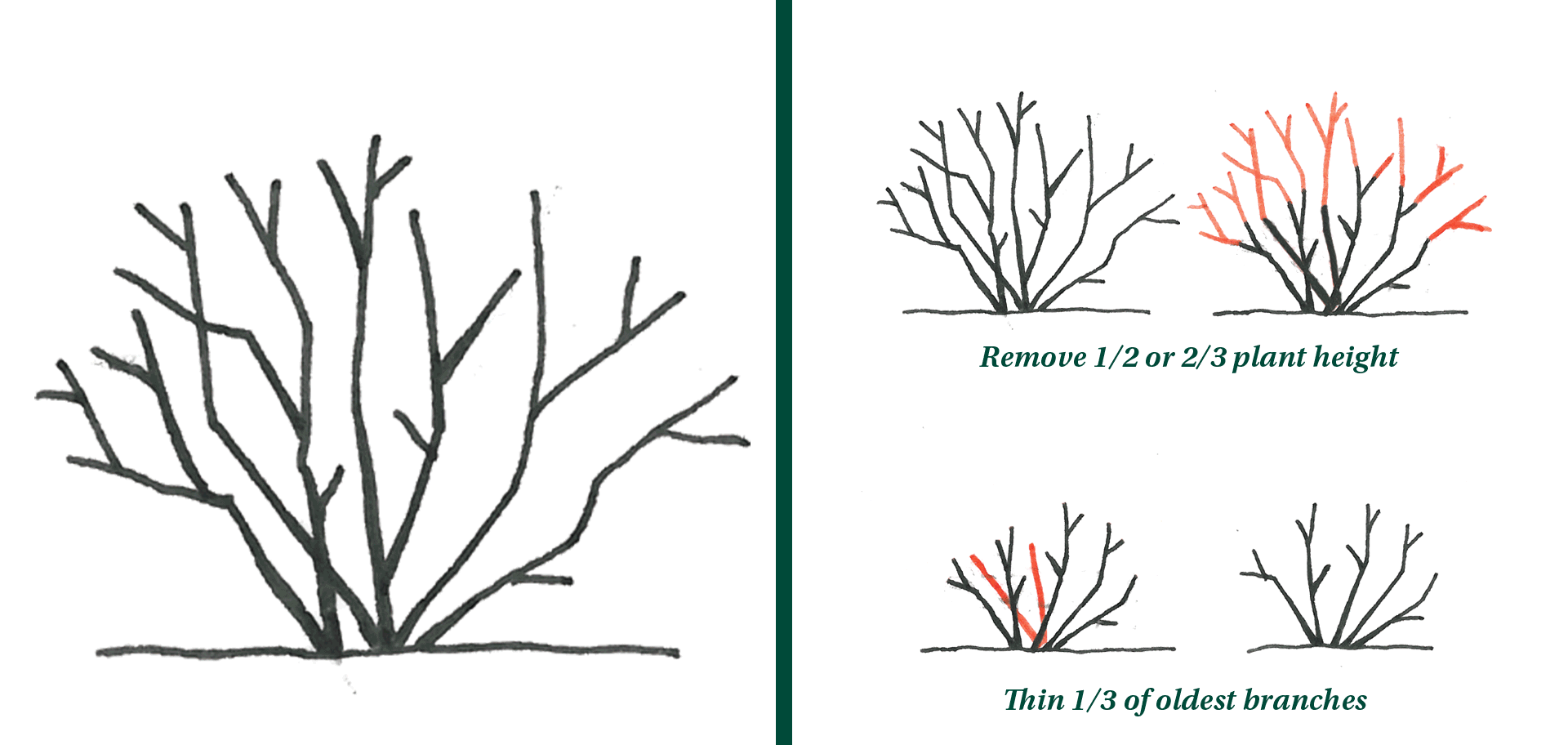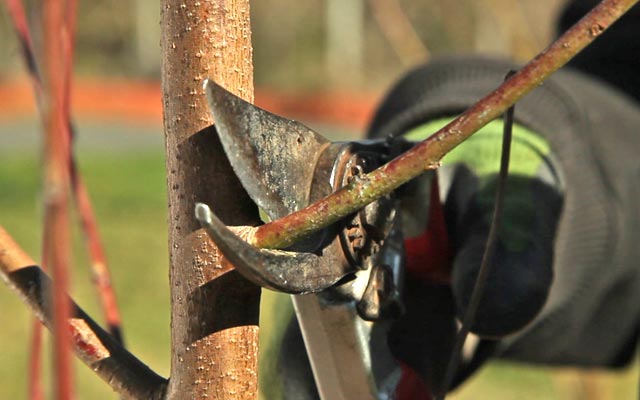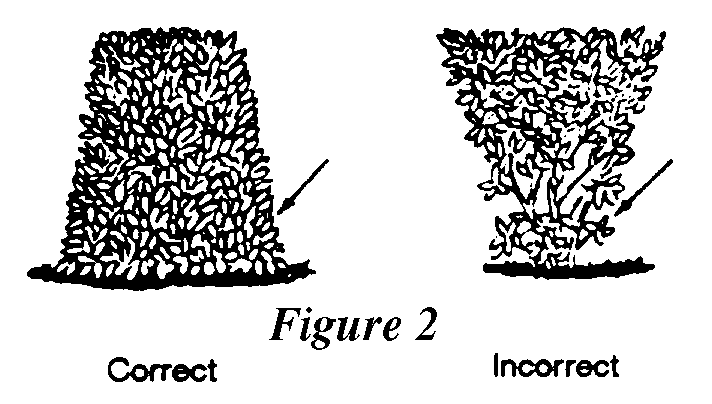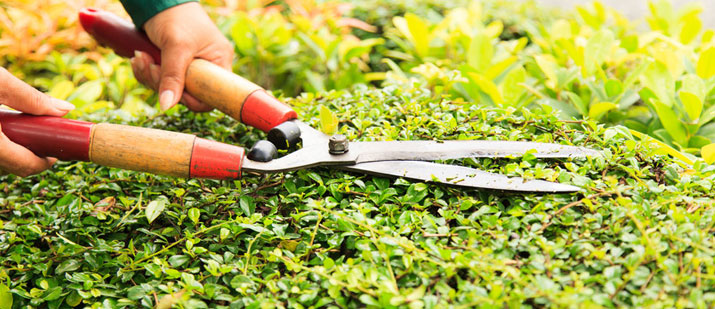Perfect for homeowners who want the natural sight, sound and tranquility of a waterfall without the maintenance of a pond.
A pond-less waterfall is a re-circulating water feature (waterfall and or stream) without the need for a pond.
Space: the pond-less waterfall can range in size. It works well if you are limited with space. It can easily fit into a small corner of your yard, be an extension of your patio, front walkway, etc.
Maintenance: they are the easiest water feature to maintain. They require occasional algea control, depending on sunlight exposure. There is no pond cleanup. A very low-maintenance option!




